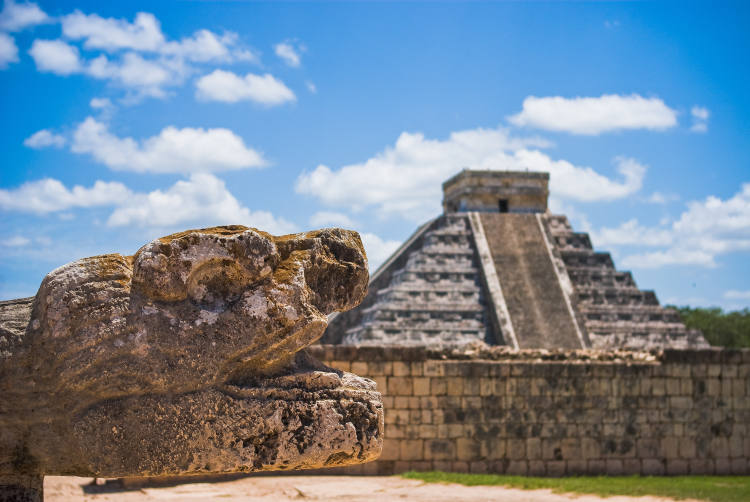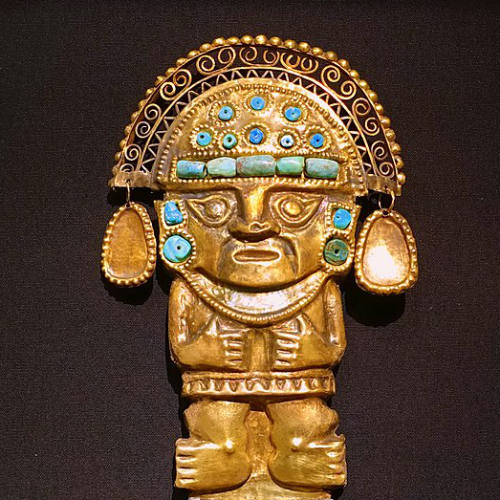Knowledge
16.03.2023 Cultures and Gems – Mayas, Aztecs and Incas
Gemstones played an important role in nearly all advanced civilizations. This is also true of those in Mesoamerica. This region, characterized by its ancient cultures, was first settled around 20,000 BCE and has long been considered the origin of many valuable gemstones.
The Maya people were primarily located in Guatemala, Belize, and parts of El Salvador and Honduras, while the Aztecs mostly settled in present-day Mexico. The Inca predominantly settled in parts of South America now known as Colombia, Argentina, Chile, and Peru. Organized into city-states, the people of that time lived in metropolises of up to 100,000 inhabitants.


The Mesoamerican civilizations were far ahead of their time. They developed the most advanced calendar of the time and were adept at observing and documenting astronomical phenomena. However, they did not only explore astronomy. They were also extremely skilled builders. Among their most famous architectural features were the temple pyramids, which served as places to offer human sacrifices to ancient gods and as burial places for rulers. These tombs were filled with richly decorated grave goods.
Read more about which gemstones the Aztecs, Maya, and Incas particularly valued and how they were used in everyday life.

Gemstones in the cultures of the Mayas, Aztecs and Incas
Gemstones and their healing properties were deeply rooted in all Mesoamerican cultures. The Aztecs, Maya, and Incas, however, were known for their discerning selection of valuable stones.
Maya
For instance, Mayan shamans wore black tourmaline during ceremonies to avoid being captured and killed by earth spirits. The most popular gemstone among the Maya, however, was jade. Guatemalan jade, for instance, comes in many different colors. Its color spectrum is more varied than that of some other stones. It ranges from a slightly mint-colored tint to a rich, dark green. Jadeite from Guatemala can also be white, creamy yellow, lavender, or purple. Another variety, known as Mayan foliage, is speckled green and white. Blue jade stones are also found, but rarely. The rarest variety of jade is imperial jade. The Maya considered the color green extremely important. It represents the water in the sacred caves of the cenotes. Green was also synonymous with rich harvests and fertility.

Inca
The Inca culture greatly revered one gemstone in particular: Emeralds. The towns of Muzo and Chivor, located in present-day Colombia, are still known as “the old green mines.” Exceptionally beautiful emeralds were and still are mined here. Only nobles were permitted to wear jewelry decorated with or made from emeralds. Even today, the precious stone has lost none of its value. The brighter the emerald, the higher its market value. Emeralds can be more expensive than diamonds per carat. These green gemstones symbolize power and immortality, as well as eternal youth. They are also said to have healing properties. Emeralds are especially said to help with skin problems.
Aztecs
While valuable gemstones played an important role for the Maya and Incas, the Aztecs worshiped turquoise, which was much more common. This blue-green mineral was used in rituals. Grave goods and art objects were often decorated with turquoise or made entirely of the popular gemstone.


